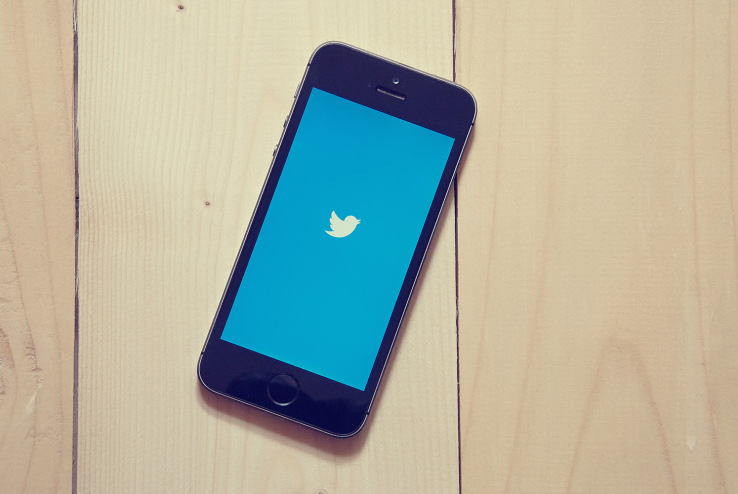

As part of the flurry of retrospectives tied to Twitter’s 10th anniversary, the company is also looking back at the history of advertising on Twitter.
Granted, that probably doesn’t give you the same nostalgic twinkle as Jack setting up his “Twittr,” but, like it or not, it’s still an important part of the company’s story. So in a new blog post, Joel Lunenfeld, vice president of sales strategy, looks back at “10 ways marketers have changed with Twitter.”
Many of the trends Lunenfeld points to should be pretty familiar if you’ve been following Twitter, or social media advertising in general. There’s a discussion of real-time marketing, another focusing on a new wave of online creators and a third looking at the increasing importance of mobile. There are also nods to the future, with things like live video combined with new devices giving us underwater shots and helping users take flight (and discussing air quality) with London’s pigeons.
Perhaps the most important point, though, is the first one: “authentic brand voice.” Marketers have used Twitter to get looser, friendlier, even weirder — and while it’s easy to make fun of this trend, I’d much rather have a genuine-seeming interaction with a brand on Twitter than just getting the same marketing message as everyone else.
Lunenfeld writes:
When Clayton Hove Tweeted that a bird had “crapped on a Smart Car” and “totaled it” in 2012, Smart Car USA swooped in with a hilarious graphic proving he must be mistaken. When Kit Kat threw down the gauntlet to Oreo and challenged them to a game of Tic-Tac-Toe, Oreo quickly responded, creating love for both brands. This type of brand interaction didn’t exist before.
This isn’t covered in today’s blog post, but it’s also worth noting that Twitter is making the case for the effectiveness of the social approach in conjunction with more traditional marketing. For example, it recently worked with media agency Starcom and social analytics company Canvs to show that TV viewers who engage on Twitter will also have higher rates of ad recall.
Featured Image: Vdovichenko Denis/Shutterstock

